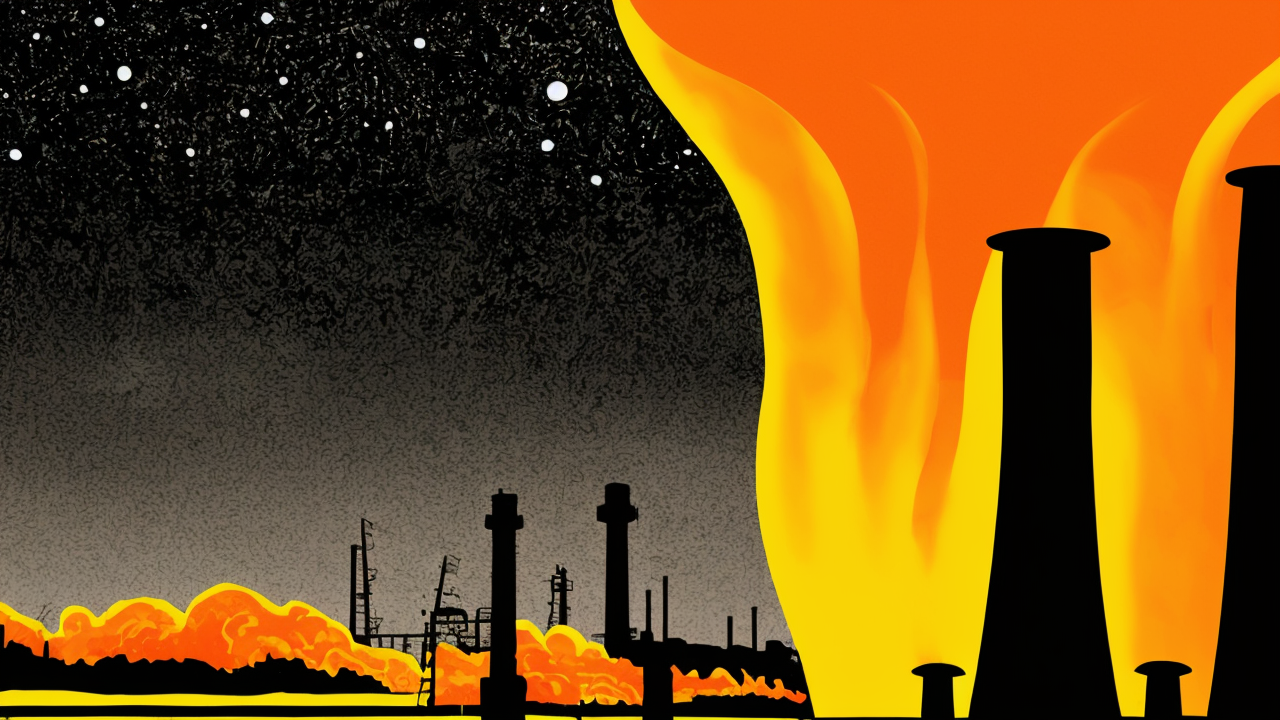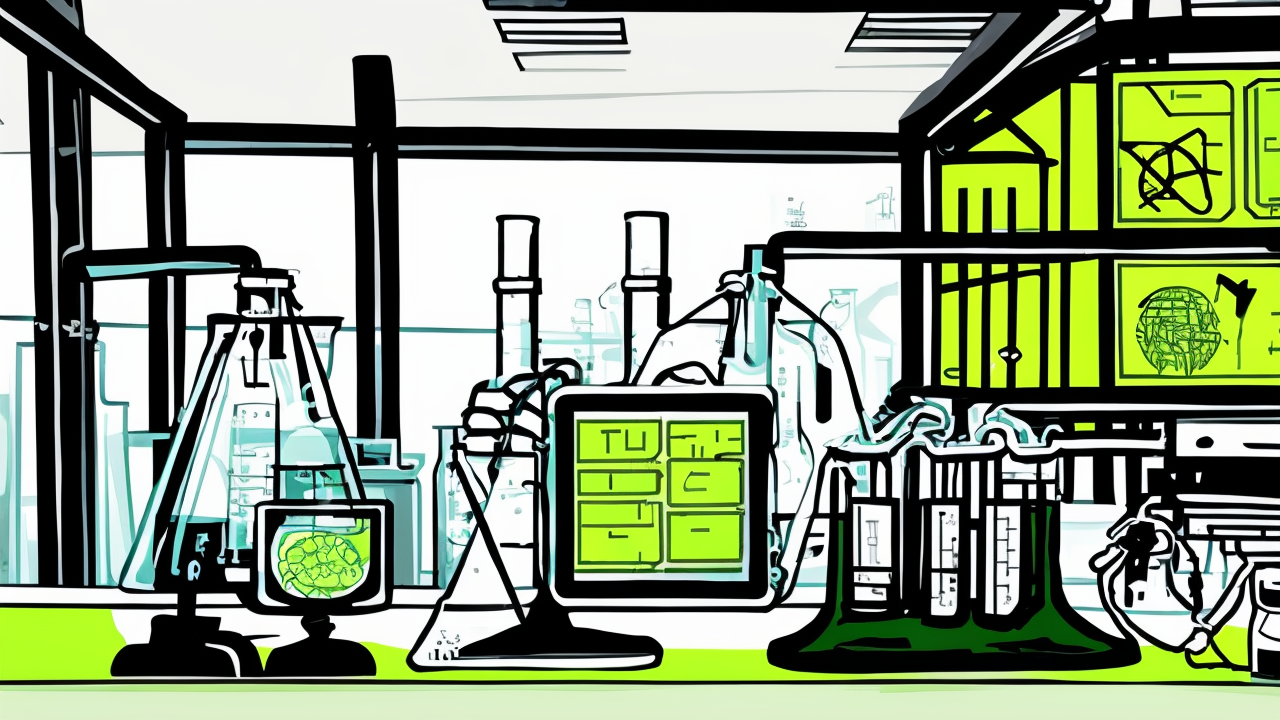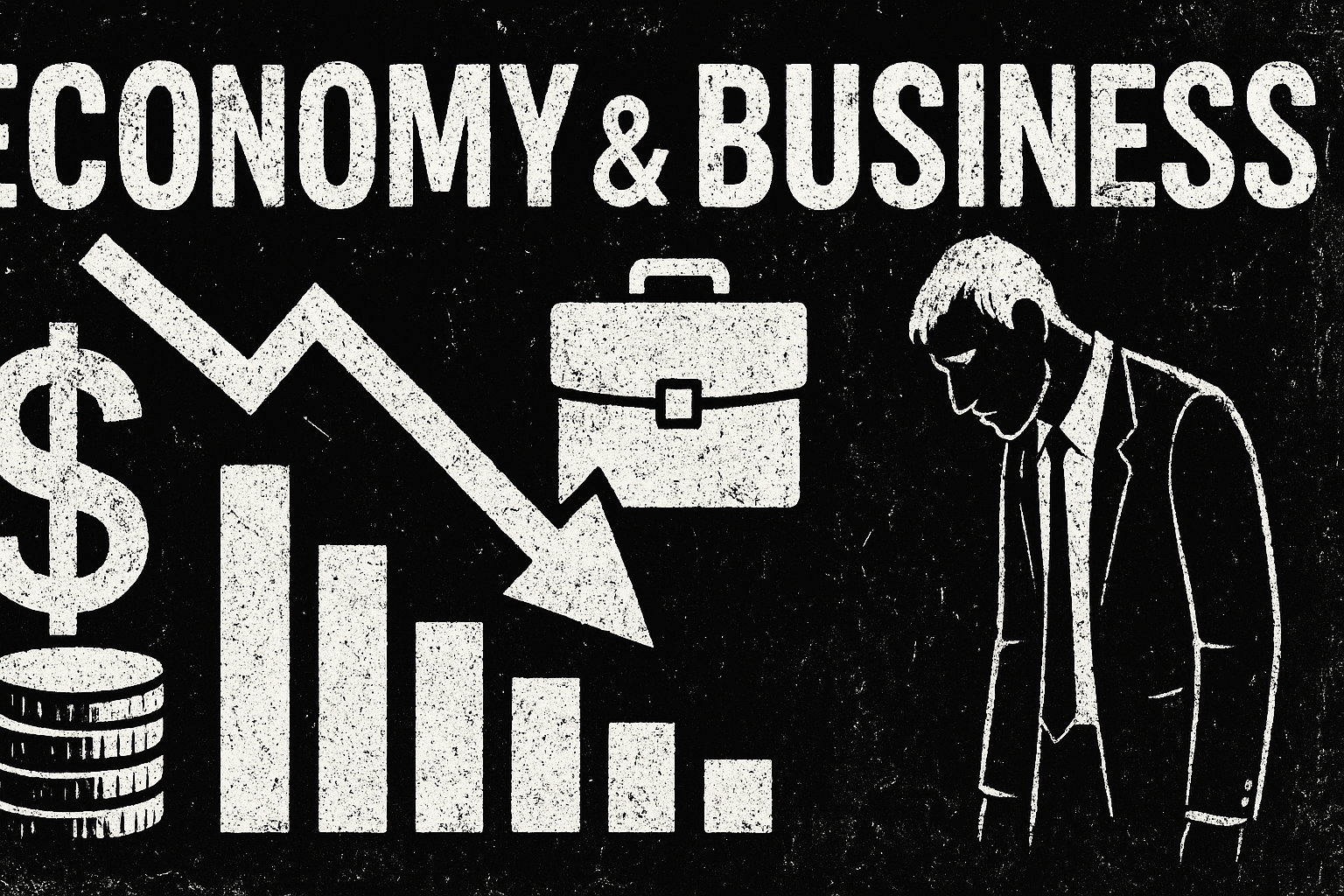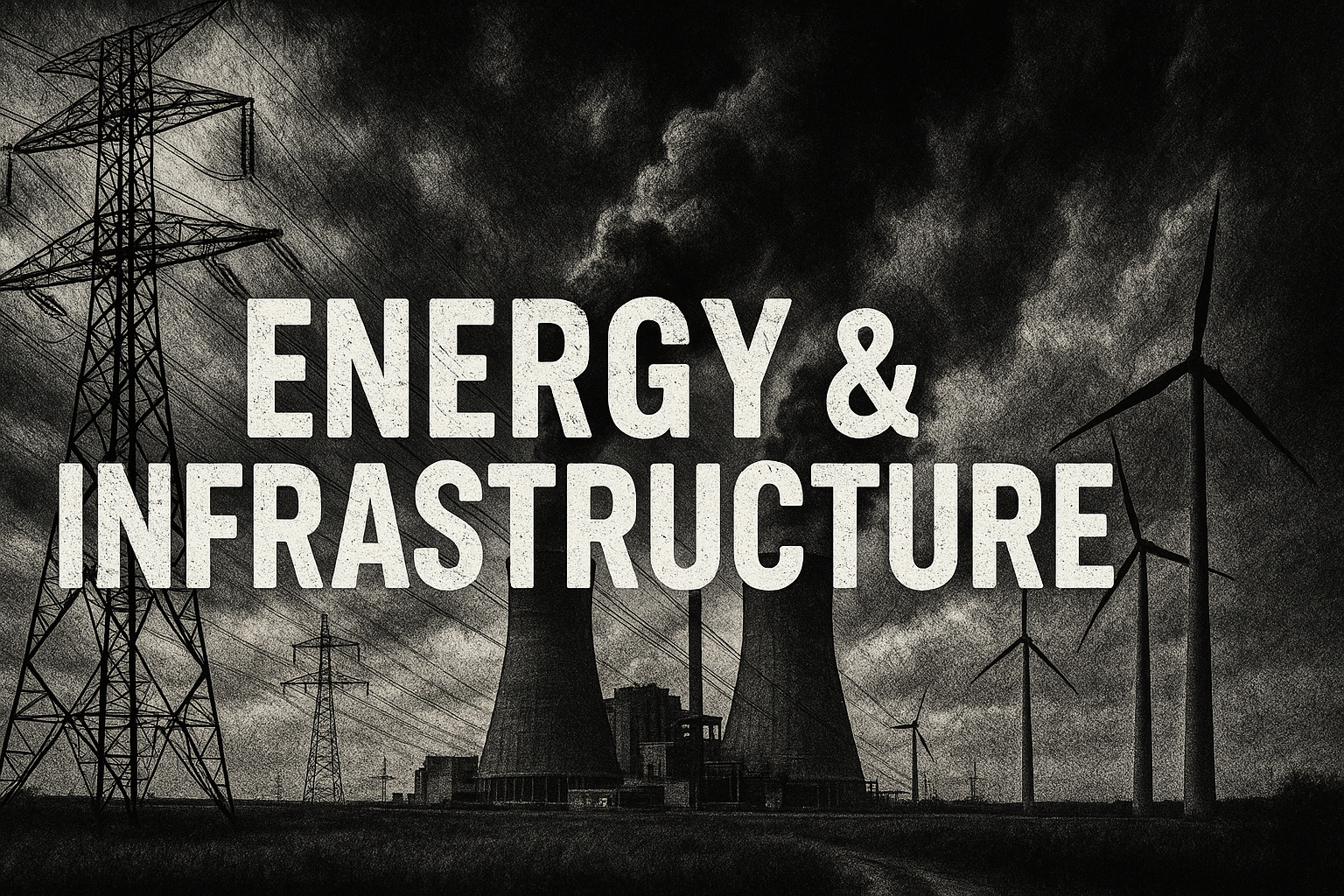Global Natural Gas Flaring Reaches Decade High, World Bank Report Warns

In a concerning development for the environment and energy efficiency, global natural gas flaring reached its highest level since 2007 in 2024, according to a recent World Bank report. This practice, where excess natural gas is burned during oil production, significantly contributes to climate change and represents a substantial waste of resources. The report highlights that flaring not only releases harmful emissions but also results in the loss of $63 billion worth of natural gas annually. The top nine flaring countries accounted for 76% of the global total, with flaring volumes reaching 151 billion cubic meters in 2024, a 5% increase from 2012 levels. Zubin Bamji, manager of the Global Flaring & Methane Reduction Partnership at the World Bank, emphasized the urgent need for action. "Governments and operators must make flaring reduction a priority," Bamji said, advocating for the transformation of wasted gas into a driver of economic development. The findings underscore the necessity for immediate measures to curb flaring, highlighting its impact on both the environment and the economy. Addressing this issue is crucial for fostering sustainable energy practices and reducing carbon emissions.
Published: 7/18/2025
















